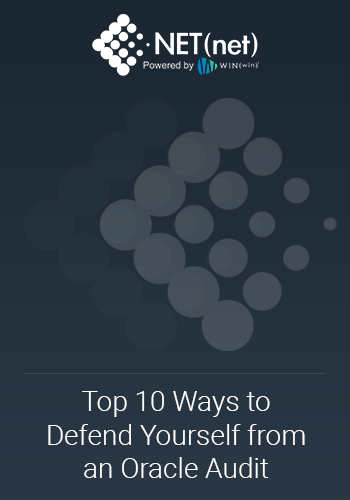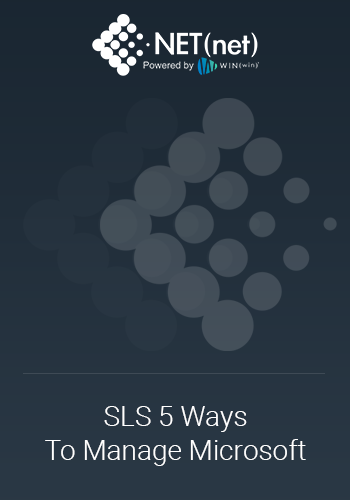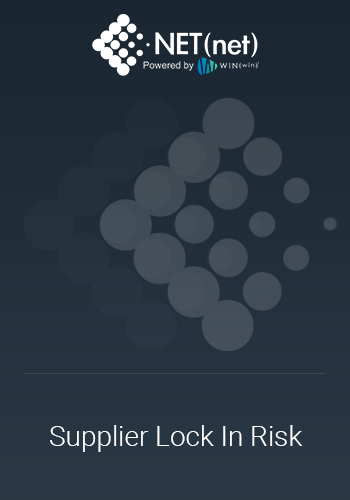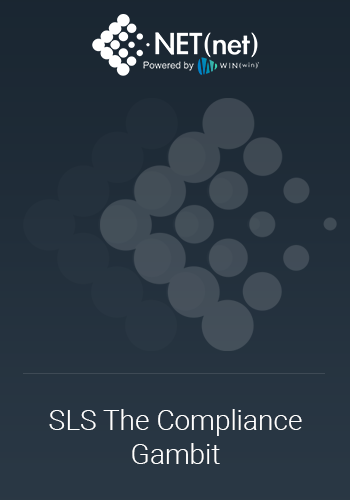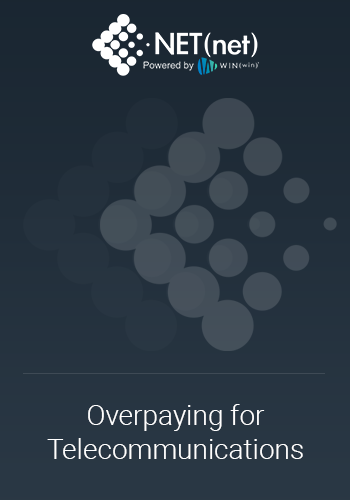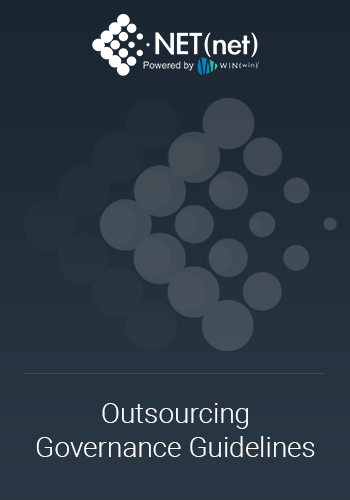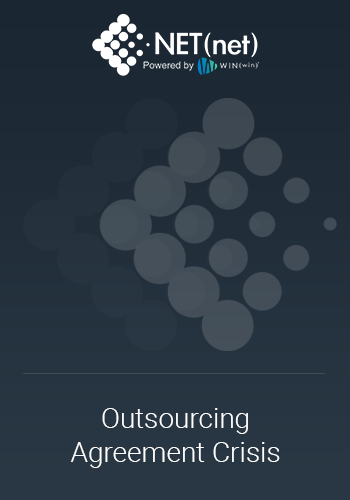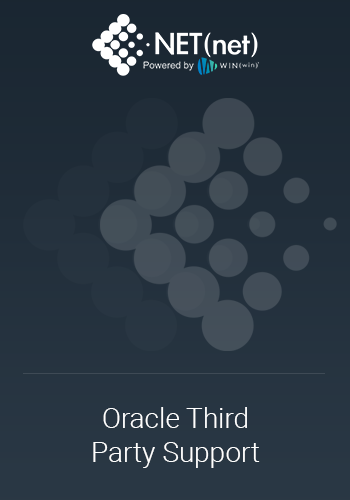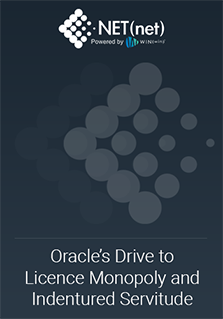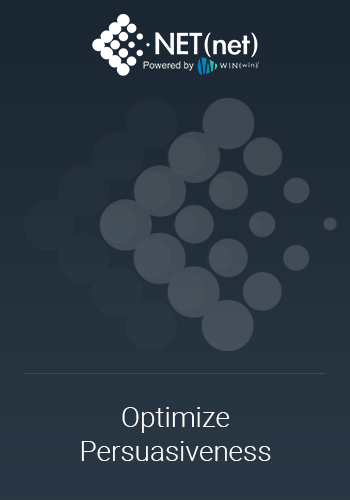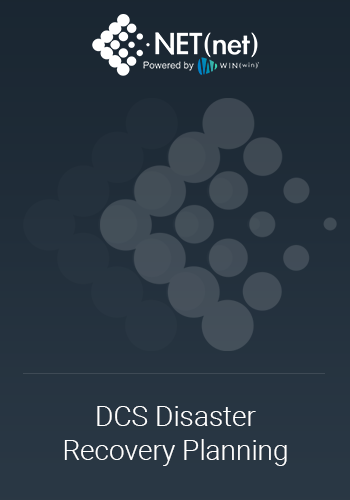You may know the parable “The Blind Men and the Elephant,” and the moral behind it:
It is a story of a group of blind men, who have never come across an elephant before and who learn and conceptualize what the elephant is like by touching it. Each blind man feels a different part of the elephant's body, but only one part, such as the side or the tusk. They then describe the elephant based on their limited experience and their descriptions of the elephant are different from each other. In some versions, they come to suspect that the other person is dishonest, and they come to blows. The moral of the parable is that humans tend to claim absolute truth based on their limited, subjective experience as they ignore other people's limited, subjective experiences which may be equally true. (Wikipedia)
Teams are not unlike the blind men – every member comes in with a different specialty and role and with it, a different perspective of what needs to be done in addition to how and what the result should be. This is especially true in today’s world with matrix organizations and virtual teams comprised of people in different continents, having disparate cultural backgrounds, coming together to form a singular entity.
In October 2018, Elixirr issued a White Paper with the subtitle: Are traditional modes of outsourcing in financial services dead and how are the giants of outsourcing adapting to the change? According to Elixirr, financial services organizations continue to be the largest buyer, accounting for ~20% of the total market, mostly driven by demand for Cloud and the Digital Transformation of IT services.
According to a global Deloitte Survey, participants in Financial Services consider dependence on Supplier Risk Management as Critical. And as this dependence on suppliers becomes increasingly critical, organizations are playing “catch- up” in enhancing their Supplier Management maturity.
With maturity comes complexity
A single supplier can cover a variety of products, business processes and services across the enterprise. As a result the reliance on these suppliers and the associated responsibility to manage them, becomes more and more important.
Many organizations build a system of score cards, performance targets and service level agreements that can lead to sustaining value – both cost and risk – from the original negotiations. And this value improvement is certainly enough for some clients that engage NET(net). Other clients are looking to build a strategic partnership with their suppliers to further enhance value. Regardless of the objective, an accountability structure, clear priorities, specific metrics and a supplier aligned governance model are prerequisites.
Going back to basics
Peter Drucker once said that “whenever you see a successful business, someone once made a courageous decision”. And this is more than true in terms of Supplier Risk Management starting with the most fundamental activity to categorize suppliers and determine which ones qualify as strategic.
Identifying strategic suppliers is part science and art focused on:
- Business Criticality
- Future Revenues
- Cross Enterprise Impact
- Switching costs
Right sizing strategic suppliers and deciding which ones make the cut, requires coordination across a wide range of internal stakeholders. Besides executive support and alignment, these stakeholders should at least include business unit leaders, operational business process owners, supplier relationship managers and procurement category managers.
Offense, Defense or Special Teams
OK, so now you know which of your suppliers are considered strategic. Great but then what? Regardless of how Supplier Management is designed and executed, efficient coordination across the company with an effective control mechanism is required.
The 3 lines of defense model was developed for HSBC by KPMG in the 1990s and later adopted as a model for internal control management:
- First Line of Defense: Procurement and the Lines of Business driving supplier segmentation is not the only focus of the first line of defense. Identifying and assessing supplier related threads and taking step to manage or remove them is another key responsibility of this first line.
- Second Line of Defense: This is the domain of Governance, Risk and Compliance teams that set the ITO and BPO policies to meet legal requirements and gain a comprehensive view of risk issues.
- Third Line of Defense: The audit organization reviews first- and second line activities and results to assure that exposures are managed.
The rise of supplier dependency within Financial Services certainly had its upsides, yet fallout from risk-related incidents has increased while risk strategies remain inadequate. Unclear accountability structures, operational silos and tracing audit trails through disconnected solutions are some of the reasons why. In fact, KPMG estimates that up to 80% of all security related incidents originate in the supply chain.
Most of you are familiar with “great offense is the best defense” and you may also know that “offensive wins games but defense wins championships”. When it comes to Supplier Risk Management, a balanced approach is more appropriate:
- First Line = Offense
- Second Line = Defense
- Third Line = Special Teams
The risk is – and pun is intended – that the various teams across these 3 Lines of Defense fall into the “blind men and the elephant” trap. But a problem clearly stated is a problem half solved! Learn from the parable and understand that the Offense, Defense, and Special Teams need to be on the same page and care taken to institute communications and documentation that flows naturally and ubiquitously across all three.
Clients worldwide are engaging NET(net) to go on offense with suppliers, not only to optimize IT Suppliers’ value but also to improve their supplier relationships. We have been helping clients since 2002 in optimizing both strategic and non-strategic suppliers. Let us know how we can help you attain a cohesive supplier strategy that mitigates risk and optimizes spend across your entire technology supply chain.
About NET(net)
Founded in 2002, NET(net) is the world’s leading IT Investment Optimization firm, helping clients find, get and keep more economic and strategic value. With over 2,500 clients around the world in nearly all industries and geographies, and with the experience of over 25,000 field engagements with over 250 technology suppliers in XaaS, Cloud, Hardware, Software, Services, Healthcare, Outsourcing, Infrastructure, Telecommunications, and other areas of IT spend, resulting in incremental client captured value in excess of $250 billion since 2002. NET(net) has the expertise you need, the experience you want, and the performance you demand. Contact us today at info@netnetweb.com, visit us online at www.netnetweb.com, or call us at +1-866-2-NET-net to see if we can help you capture more value in your IT investments, agreements, and relationships.
NET(net)’s Website/Blogs/Articles and other content is subject to NET(net)’s legal terms offered for general information purposes only, and while NET(net) may offer views and opinions regarding the subject matter, such views and opinions are not intended to malign or disparage any other company or other individual or group.


